|
In December 2001, thirteen Southeast Kentucky Community & Technical College students from Harlan County went to Washington, DC, to the first conference of the Appalachian Teaching Project. ATP is sponsored by the Appalachian Regional Commission, a federal-state partnership promoting development of the entire Appalachian region. The conference brought together students from eleven Appalachian colleges and universities to present their work to one another and ARC staff. Every group of students studied a single Appalachian “distressed” county—defined by ARC as a county where the unemployment and poverty rates were 150% of the national average. Students brought recommendations for how to create a better future for the county they studied. Southeast was the only school involved located in a distressed county—Harlan County, Kentucky—and the only school where all the students lived in the community they were studying. In 2001, over ten million tons of coal rolled out of Harlan County. It had been so for nearly a hundred years, and would continue to be so, until the industry took a sharp downturn in the 2010s. But in 2001, we were living with an industry that built, and for many years, owned most of the communities in our county. In 2001, when the work that led to Higher Ground began, it seemed we would continue to be a one-industry community, and that industry would be the coal industry. During the fall of 2001, the fifty SKCTC students participating in the Appalachian Teaching Project surveyed five community members each, asking them to name the strengths and weakness, opportunities and threats present in our county. Over and over in the 250 interviews, people said that we live in a beautiful place, that we are pretty good at taking care of ourselves, and that many (but not all) grew up learning how to be good stewards of the land, waters, and forest. Many believed country life to be an asset. Repeatedly mentioned threats included: 1) a loss of control over our own lives; 2) a coal culture that taught people not to look beyond coal; 3) a political system where government often seemed to exist to create jobs for friends and supporters; and 4) an education system that did not always honor the best in the community’s culture and put too much stock in standardized tests. The students’ response included strategies that could be accomplished by people already living in the county and focused on the creativity of the people. In the spring of 2002, those students led a community coalition in writing a proposal to the Partnerships Affirming Community Transformation (PACT) program of the John D. Rockefeller Foundation. Rockefeller asked us to think about how the arts could be used to help a community like ours address a tough issue. We chose to use the arts to address the opioid crisis, which was hitting us full blast in the early 2000s. The introduction of OxyContin into our community in the last years of the 1990s set off a flood of addiction, overdose, death, petty theft, prostitution, suicide, and family trauma. We interviewed another two hundred people about how art could help us respond to the drug abuse crisis in our community and made a grant proposal out of what we heard. Our interviews suggested just how dark a time the flood of opioids were creating in our community. As one lady said, “We’ve always had drunks, but you find a drunk in the ditch, you just pull him out, stand him up, and point him towards home. But you look in the eyes of one of these pillheads, and there aint nothing there but the craving.” Families were blaming themselves, trying to take care of their own. We needed to find ways to get people talking outside the family about drugs. We felt we needed to get people talking about shared solutions to our challenges. Our Rockefeller proposal included plans to engage a large number of people in taking pictures, and exhibiting them—along with the stories of the people in the pictures—back to the community. People talked about the lack of public art and public space in our communities, so we planned a tile mosaic public art project. And we decided to make our own theater out of our own story. Our proposal made clear the art making and the creation of spaces for people to talk about what was happening in our community were of equal importance. Our proposal named artists—photographer Jeff Whetstone, sculptor Joyce Ogden, and playwright Jo Carson—who would help us engage with community members. In late 2002, we received a $150,000 PACT grant from the Rockefeller Foundation to fund our art-as-community-organizing-against-opioids project. Starting in the spring of 2003, two hundred people worked with Jo Carson and SKCTC faculty to gather oral histories and draft a play. Two hundred more worked with Joyce Ogden and SKCTC art professor Joe Scopa to complete tile mosaic public art projects, and six hundred other community members took pictures for a community exhibit with SKCTC faculty, photographer Malcolm Wilson, and Jeff Whetstone’s art students at the University of North Carolina. During 2003, 2004, and into 2005, SKCTC staff and students engaged thousands of Harlan Countians in artmaking and conversation. Every tile mosaic session, every oral history gathering, every roll of film shot, became an opportunity for conversation about what drugs were doing to our community and what we could do to respond. All that work came together into a community showcase in the fall of 2005 around the debut of the first Higher Ground play. But that’s a story for the next chapter. Other posts in Higher Ground: A History.Introduction.
Chapter 1: 2001-2005. A Lot of Listening & A Grant Proposal. Chapter 2: 2005-2008. Higher Ground Is Born. Chapter 3: 2008-2009. Playing With Fire Chapter 4: 2010-2011. Talking Dirt Chapter 5: 2012-2013. Introduction to the Foglights years Chapter 6: Spring 2013. Solving For X Chapter 7: Summer 2013. Summer of Fog Chapter 8: Fall 2013. Foglights Performed Chapter 9: 2014 -2015. Find A Way Chapter 10: 2015 & 2017. It's Good 2 Be Young In The Mountains 1 & 2 Chapter 11: 2016-2017. Hurricane Gap, Shew Buddy!, & Life Is Like A Vapor. Chapter 12: 2017 -2018. Needle Work & the Southeast Kentucky Revitalization Project Chapter 13: 2019. Perfect Buckets Please note: If you have concerns about a photo, please do not hesitate to contact us at [email protected].
7 Comments
5/7/2020 05:31:07 pm
So glad to find that this history of "Higher Ground" is available to read ! I have not been able to be present for all of the plays.... I would love for them to be available on DVD ! At least selected episodes.... I so "relate" to some of them.... There is "healing" in this stuff. Sincerely, Dan Robinson
Reply
Judith Hensley
5/7/2020 09:34:56 pm
Thank you so much for sharing these great memories.
Reply
Elli Pace
5/8/2020 01:32:41 pm
Looking at some of the original photos from the lots of film that went out feels like finding a toy you forgot you owned that had fallen behind a bookshelf thats not been moved for many years!
Reply
Leave a Reply. |
Details
AuthorRobert Gipe and Higher Ground participants. ArchivesCategories |














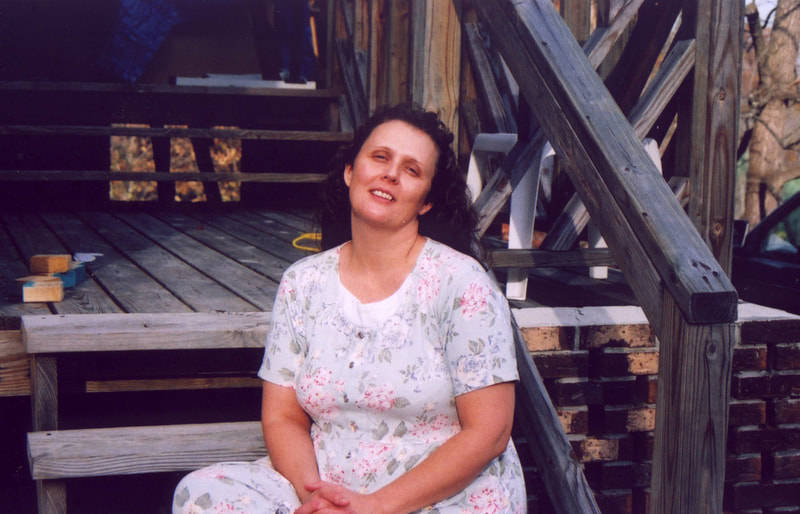



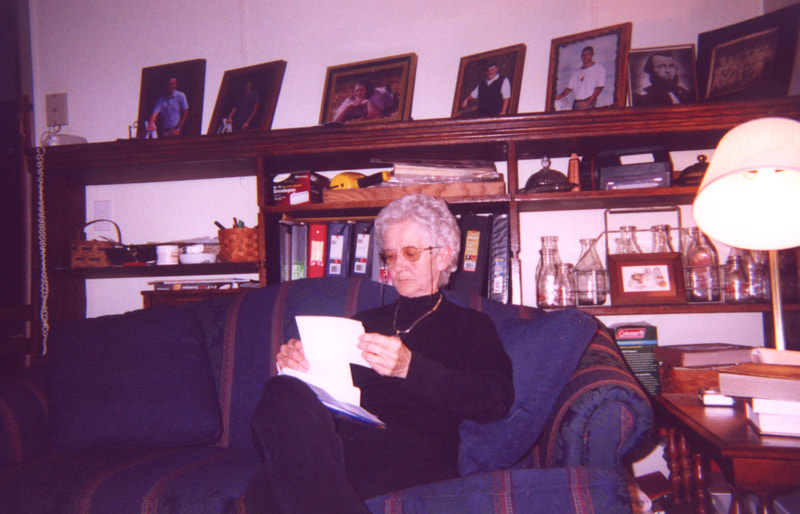



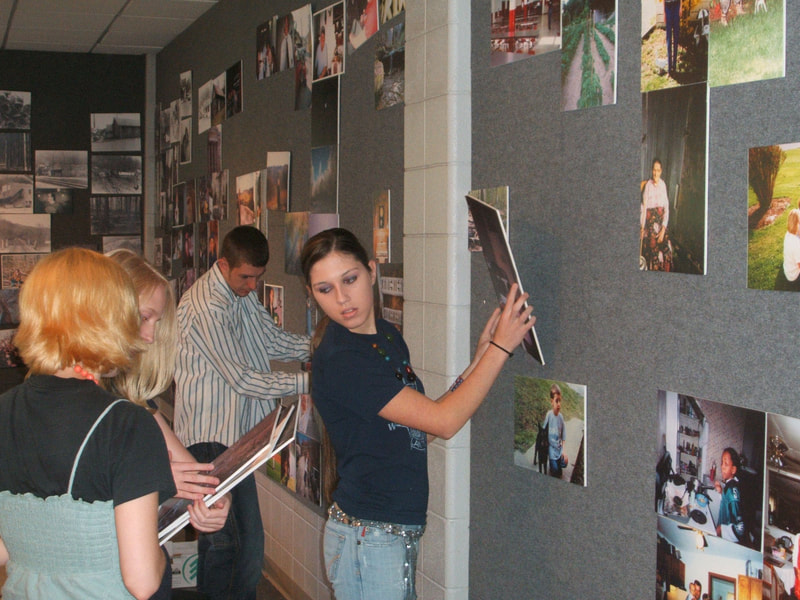








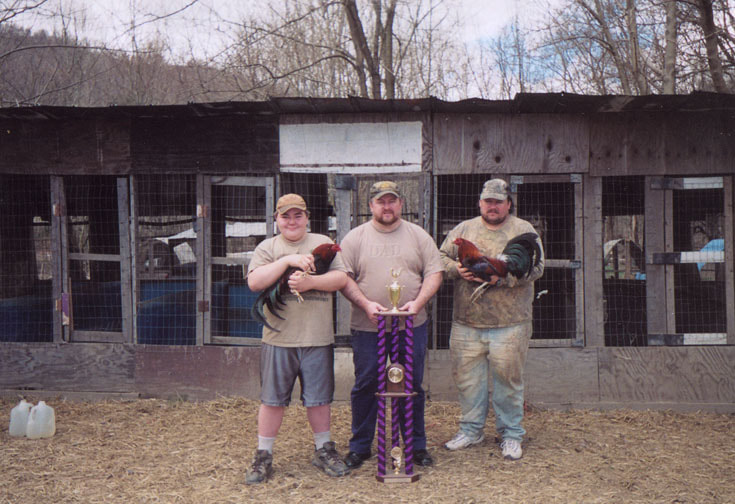

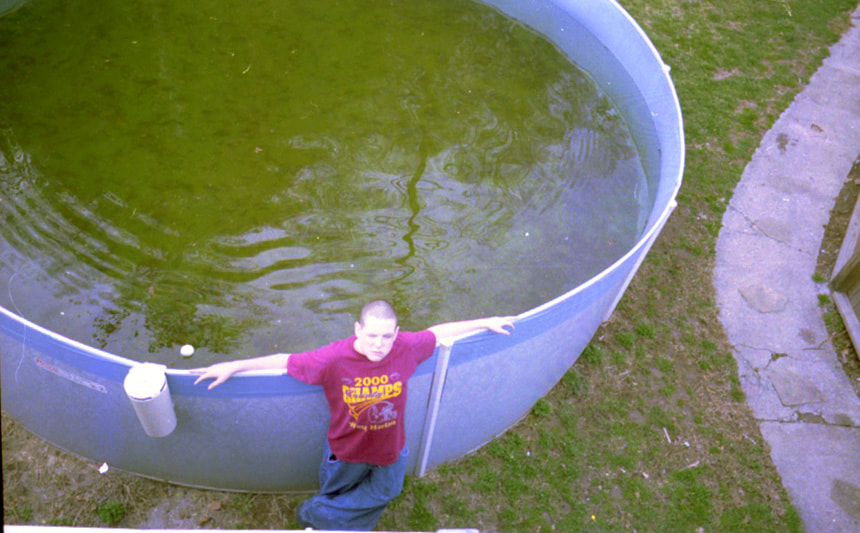














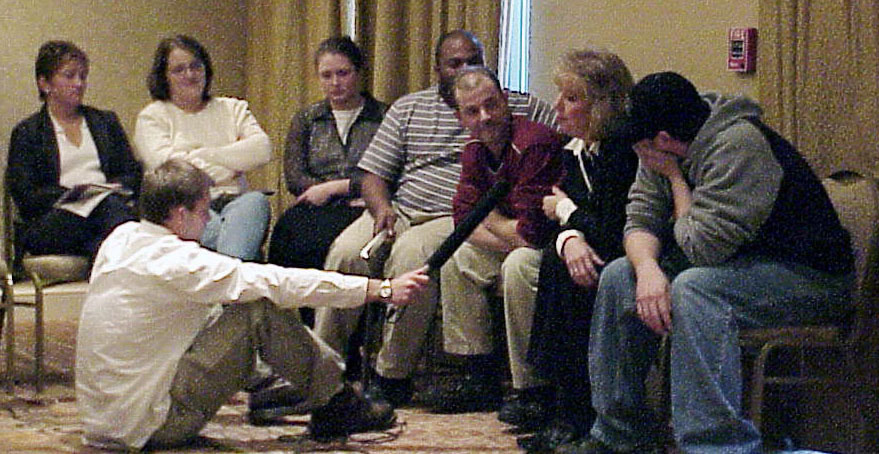

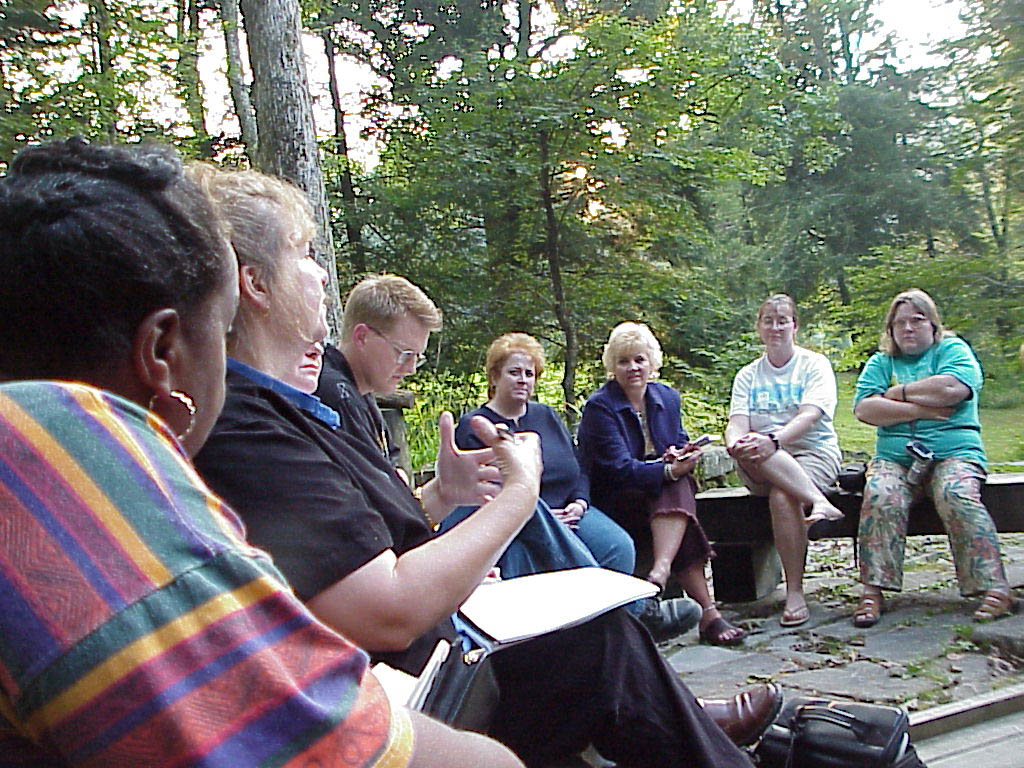


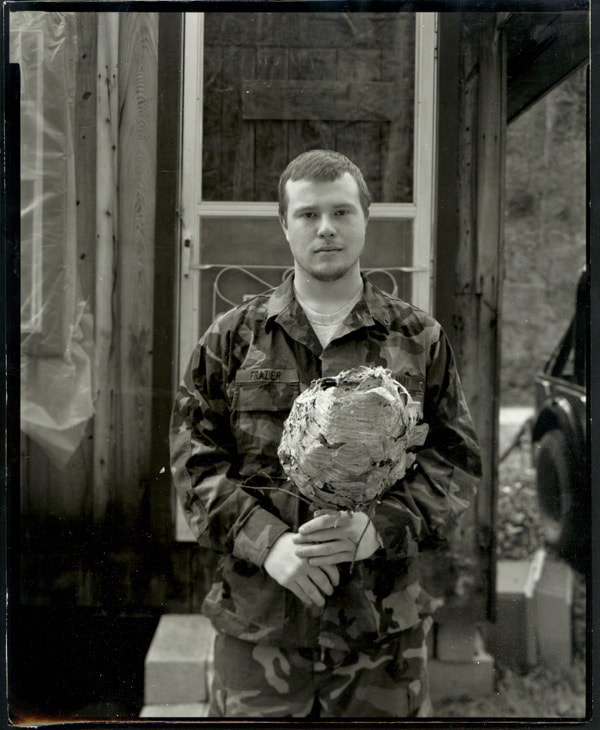





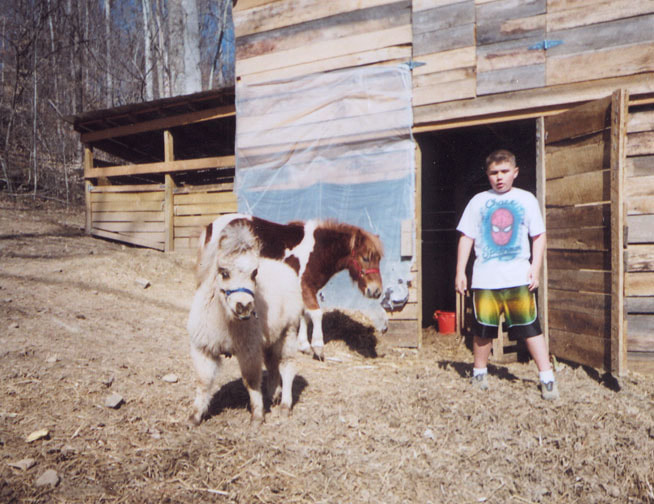

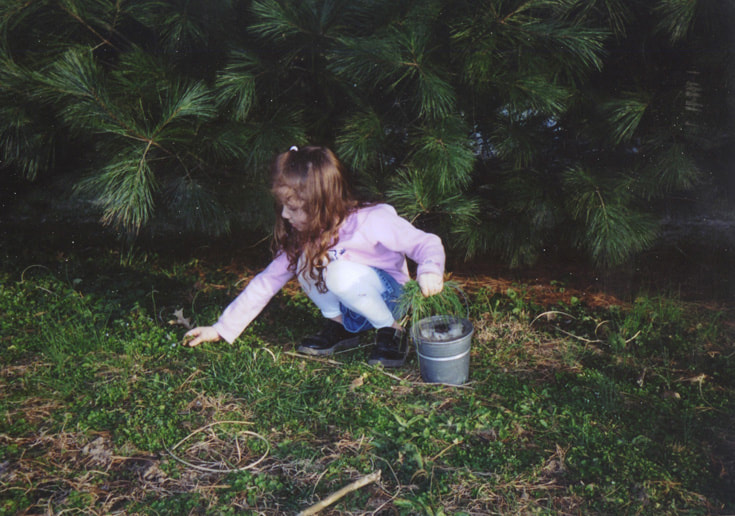



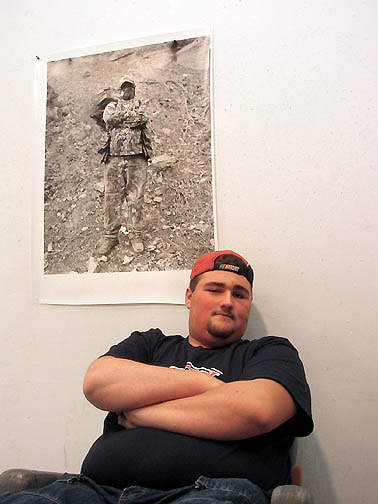



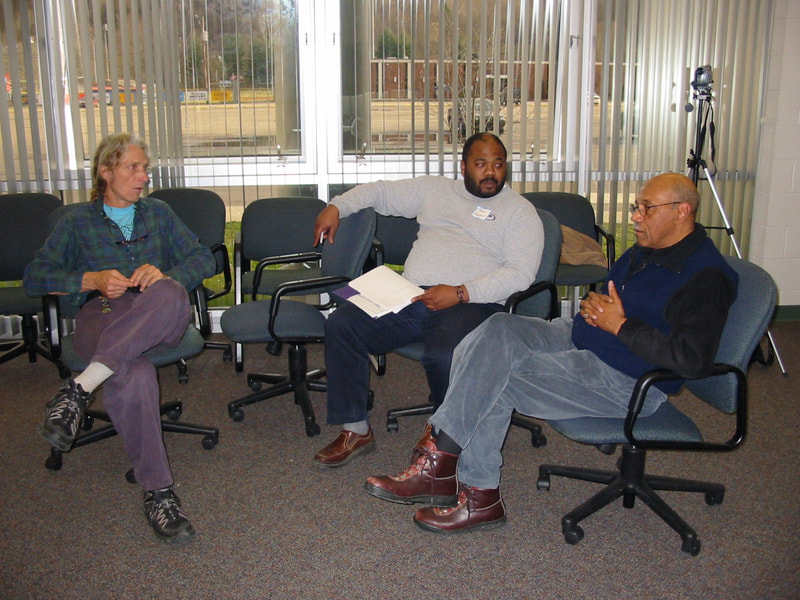





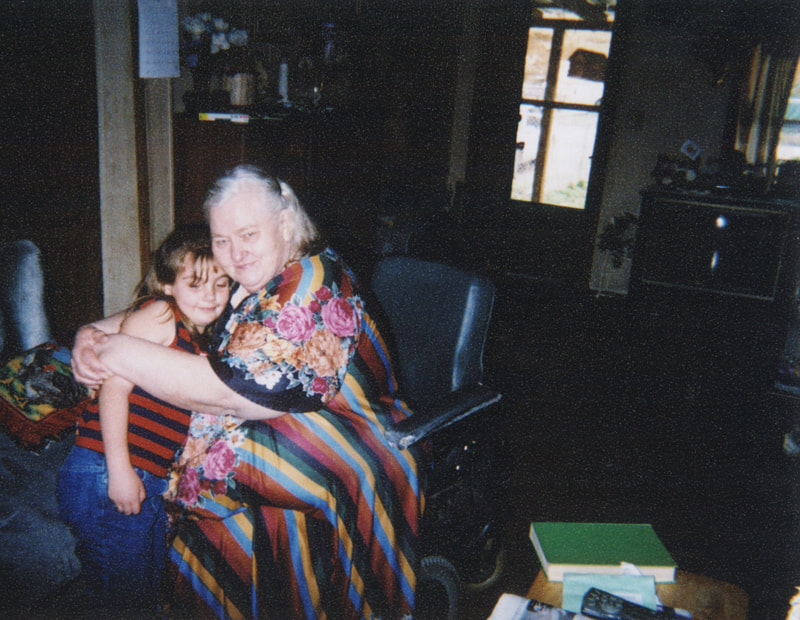



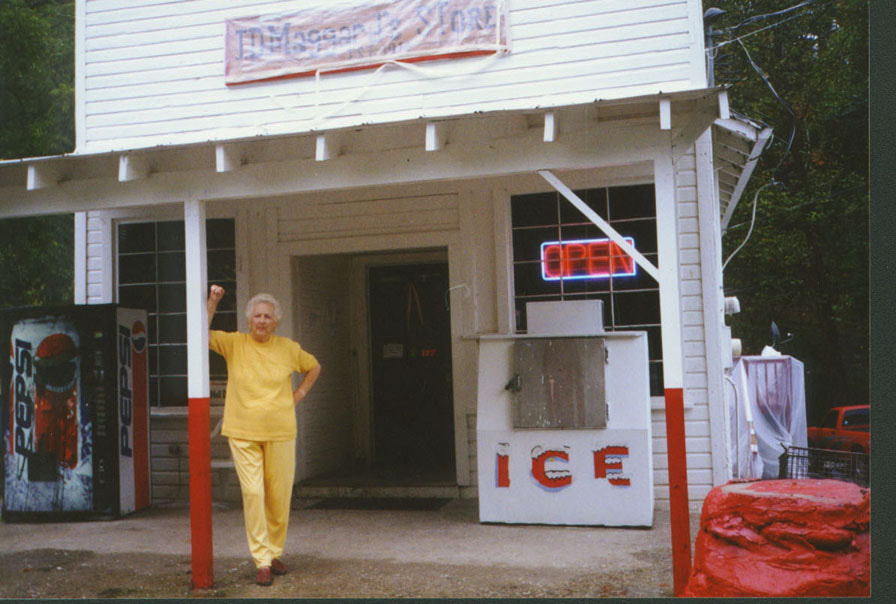






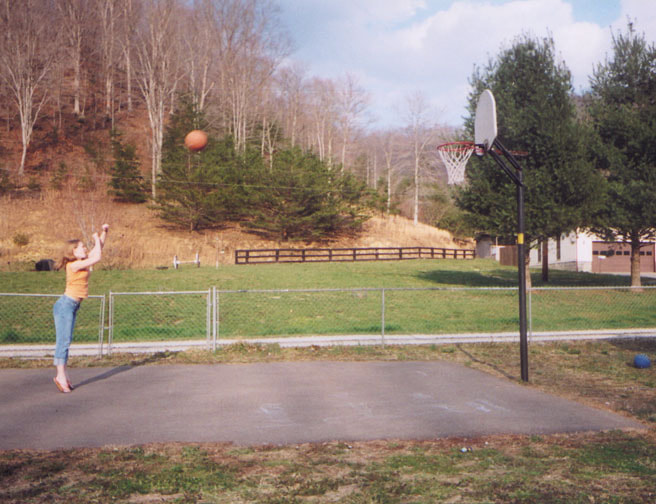















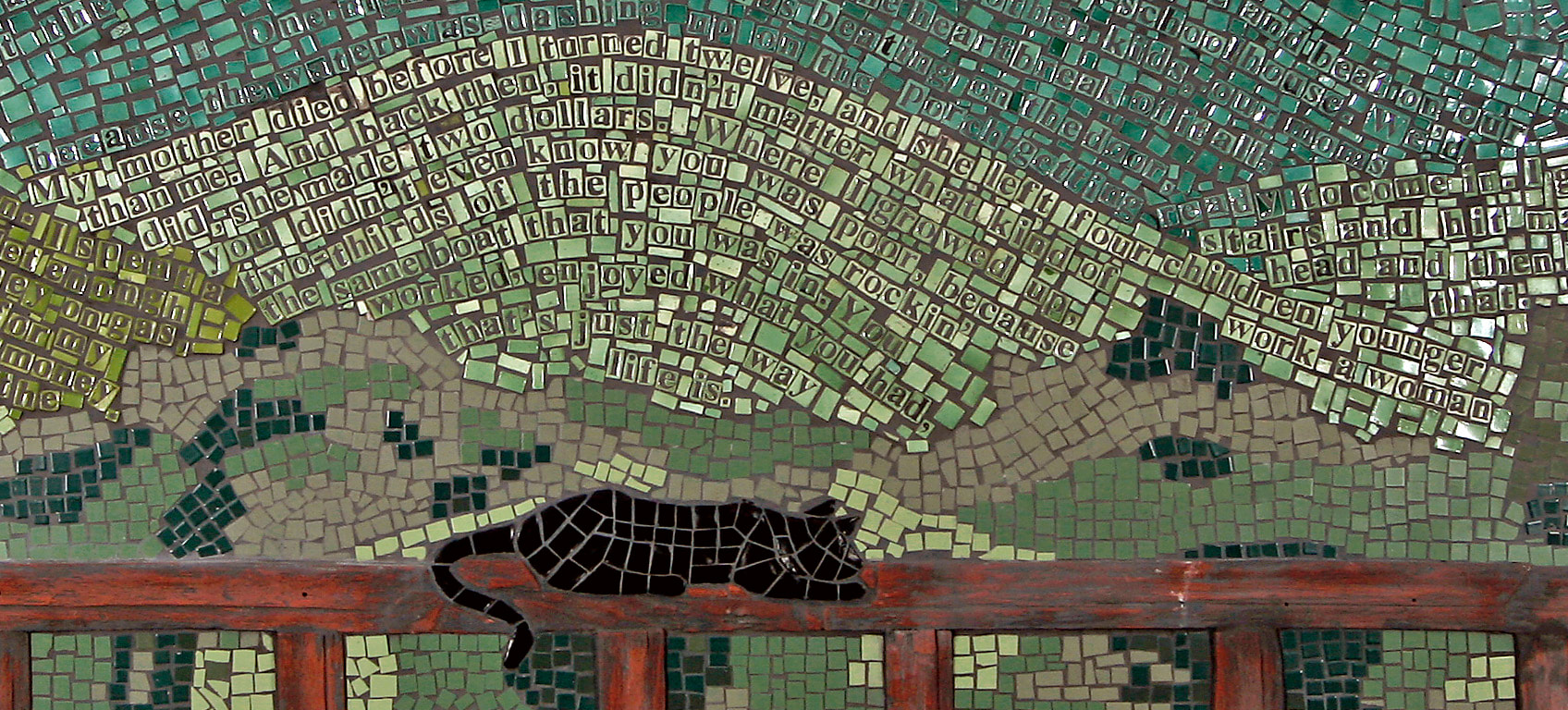


 RSS Feed
RSS Feed